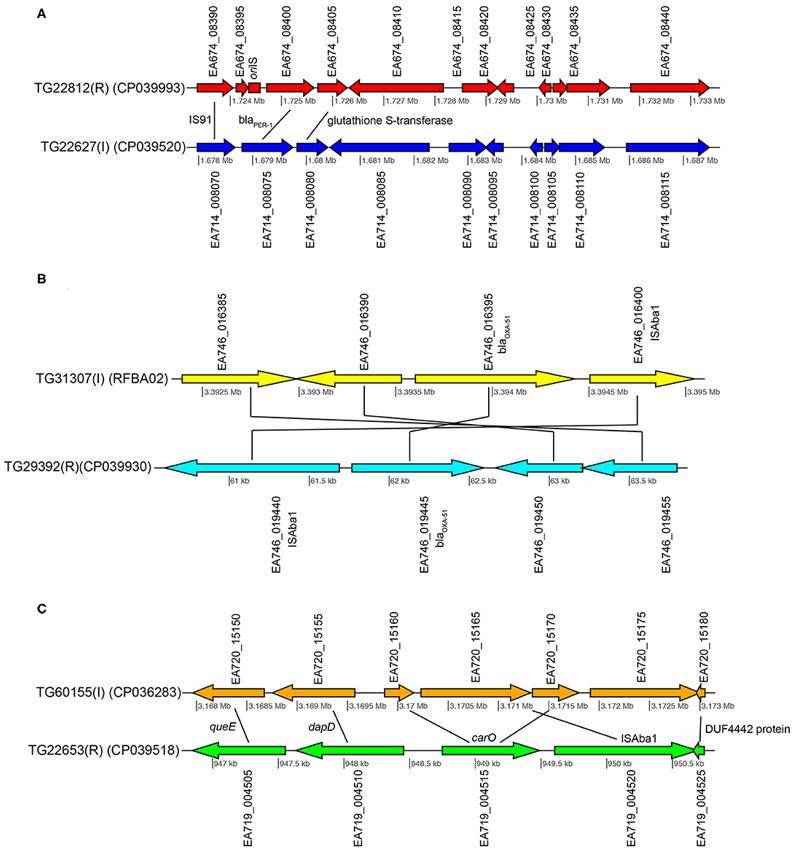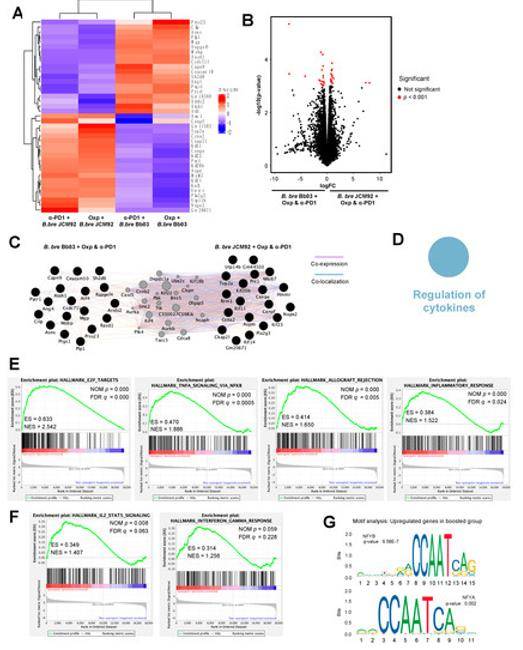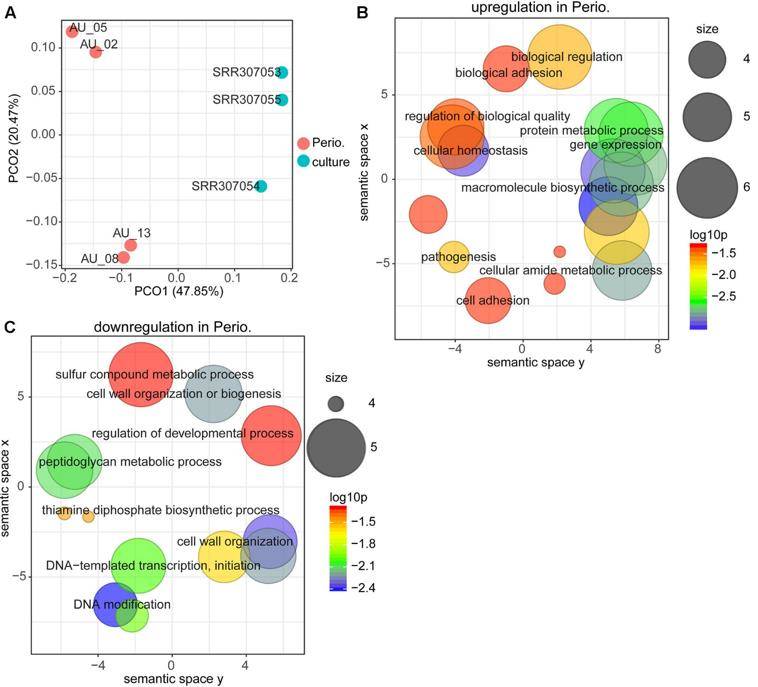Microbial transcriptome research focuses on the analysis of RNA from microorganisms in a specific environment or at a specific time period as a way to obtain gene transcription and provide strong evidence for studying the regulation of differential gene expression in microorganisms.
Transcriptomic sequencing technologies not only allow the discovery of new microorganisms that influence disease development and therapeutic efficacy, but also provide beneficial tools for analyzing the composition of microbial communities in specific environments, monitoring microbial infections, and understanding the interactions between bacteria and drugs.
Comparative transcriptomic analysis of the genetic molecular basis of mutants of industrial strains
RNA and its degradation products are important functional components widely used in the food industry. Guo et al. used Illumina HiSeq 2500 to sequence cDNA obtained by reverse transcription of Saccharomyces cerevisiae mRNA and explored the genetic mechanism of high RNA synthesis in the chemical mutant Saccharomyces cerevisiae strain BY23-195. The results showed that ribosome biogenesis, meiosis, RNA transport, mitogen-activated protein kinase (MAPK) signaling pathway, tryptophan metabolism, carbon metabolism and longevity regulation pathway were closely associated with high nucleic acid metabolism in Saccharomyces cerevisiae.
Transcriptomic analysis combined with genomic analysis of antimicrobial resistance mechanisms
Antimicrobial resistance (AMR) has the potential to become a global health emergency and is expected to kill more people than cancer by 2050. Researchers performed next-generation sequencing of the transcriptomes of four pairs of phylogenetically related Acinetobacter baumannii isolates with different susceptibilities. Five different potential mechanisms of drug resistance in A. baumannii were identified, providing a basis for diagnosing and treating patients infected with A. baumannii for treatment and prognosis.
 Gene content comparisons between paired isolates (Roe C et al. 2020)
Gene content comparisons between paired isolates (Roe C et al. 2020)
Transcriptomics technology helps identify novel microbes relevant to cancer treatment
Researchers have used transcriptomics technology to identify two strains of Bifidobacterium breve that can influence cancer development and cancer treatment efficacy by reducing tumor growth in MC38 colon cancer mice. Extensive immune and transcriptomic analyses showed that the enhanced B. breve strains enhanced lymphocyte-mediated anti-cancer immunity.
 Effect of cancer therapeutics and B. breve strains on the intestinal transcriptome (Yoon Y et al. 2021)
Effect of cancer therapeutics and B. breve strains on the intestinal transcriptome (Yoon Y et al. 2021)
Microbial transcriptomes promote community diversity research
Periodontitis is a globally prevalent oral disease caused by ecological dysbiosis of the periodontal microbiome. Transcriptomic profiling of key oral microorganisms in the periodontium using transcriptomics allowed the identification of nucleocytosomes in the periodontal ecotope with different gene expression profiles than those in laboratory culture. A total of 127,729 SNPs were identified in periodontal ecotone transcripts, which have similar frequencies in health and disease and cover the entire genome, suggesting an evolving host. The diversity of microbial communities is an important feature of their adaptation to nature, so inferring the functional nature of microbial relevance from laboratory data needs to be approached with caution.
 Comparison between gene expression in periodontitis and laboratory culture for Porphyromonas gingivalis (Deng Z L et al. 2018)
Comparison between gene expression in periodontitis and laboratory culture for Porphyromonas gingivalis (Deng Z L et al. 2018)
Summary
In recent years, research techniques targeting microbial transcriptomics have also evolved. At the gene level, it has evolved from complementary validation of fragmentary RNAs with microbial samples to direct sequencing of full-length RNAs to obtain sequence information; at the spatial level, it has evolved from traditional population transcriptomes to studies at the spatial, single-cell and epigenetic levels. With the continuous maturation of transcriptomics technology, it is bound to accelerate the deeper understanding of transcriptional expression and regulatory information of microorganisms in different habitats, which will greatly promote progress in the field of microbiology.
References:
- Guo X, Zhao B, Zhou X, et al. Analysis of the molecular basis of Saccharomyces cerevisiae mutant with high nucleic acid content by comparative transcriptomics. Food Research International, 2021, 142: 110188.
- Roe C, Williamson C H D, Vazquez A J, et al. Bacterial genome wide association studies (bGWAS) and transcriptomics identifies cryptic antimicrobial resistance mechanisms in Acinetobacter baumannii. Frontiers in Public Health, 2020, 8: 451.
- Yoon Y, Kim G, Jeon B N, et al. Bifidobacterium Strain-Specific enhances the efficacy of cancer therapeutics in tumor-bearing mice. Cancers, 2021, 13(5): 957.
- Deng Z L, Sztajer H, Jarek M, et al. Worlds apart–transcriptome profiles of key oral microbes in the periodontal pocket compared to single laboratory culture reflect synergistic interactions. Frontiers in Microbiology, 2018, 9: 124.
For research purposes only, not intended for clinical diagnosis, treatment, or individual health assessments.


 Sample Submission Guidelines
Sample Submission Guidelines
 Gene content comparisons between paired isolates (Roe C et al. 2020)
Gene content comparisons between paired isolates (Roe C et al. 2020) Effect of cancer therapeutics and B. breve strains on the intestinal transcriptome (Yoon Y et al. 2021)
Effect of cancer therapeutics and B. breve strains on the intestinal transcriptome (Yoon Y et al. 2021) Comparison between gene expression in periodontitis and laboratory culture for Porphyromonas gingivalis (Deng Z L et al. 2018)
Comparison between gene expression in periodontitis and laboratory culture for Porphyromonas gingivalis (Deng Z L et al. 2018)